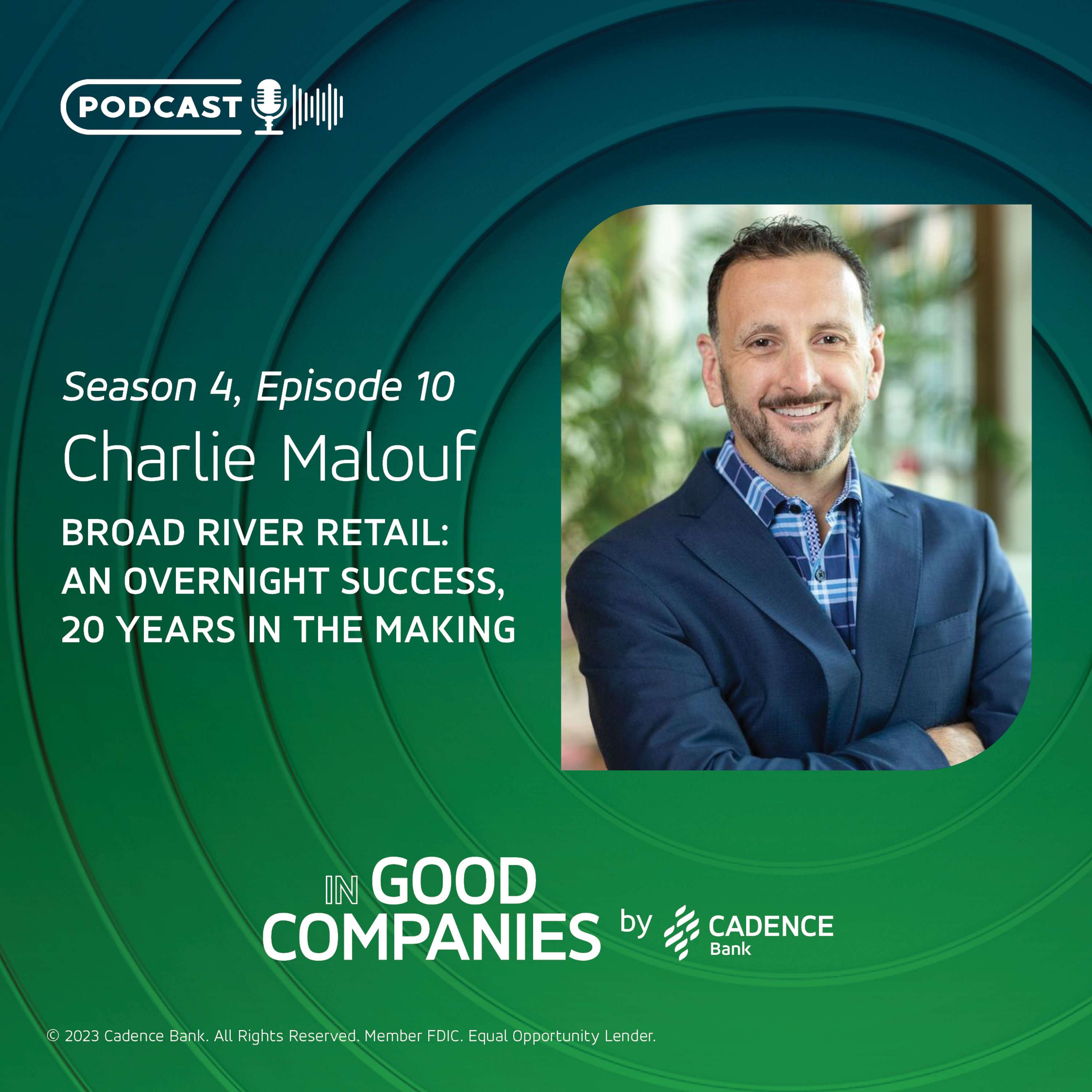
Business
Cadence Bank
Starting and running a business or managing one isn’t for the faint of heart. You’re balancing internal and external forces in a continually changing landscape. You’re building strategies, and banking on the future – no matter what it holds. This is where Cadence Bank’s In Good Companies comes in. We share our wealth of knowledge, and insights from noted industry experts, to guide you through the forces shaping business today.
We’re back for Season 6, and this time, we’re setting our sights on the future of work. We’re asking the big questions, like:
What will your career look like in 2030? Or 2050, even?
How is ESG shaping the future of companies?
And how can we leverage AI to our advantage?
We bring together experts from across the board, from Silicon Valley to multinationals like EY, to help you stay on the cutting edge of business. And we get to know those who are building the future of our companies; because at Cadence Bank, we want to hear the human side of every success story.
Hosting our stellar range of guests this season is our new host, Ari Marin. He is a Cadence Bank Senior Vice President and family enterprise advisor, whose specialty is consulting with family-owned and small businesses. Ari’s idea of “good company” is being around creative, insightful people with unique and inspirational stories. For Season 6, he brings in his curiosity and ambition to In Good Companies, to lead discussions with our guests, and bring listeners across the U.S. all the information they need, in one place, in under 30 minutes.
Ready to launch into the future? Then join us!
















